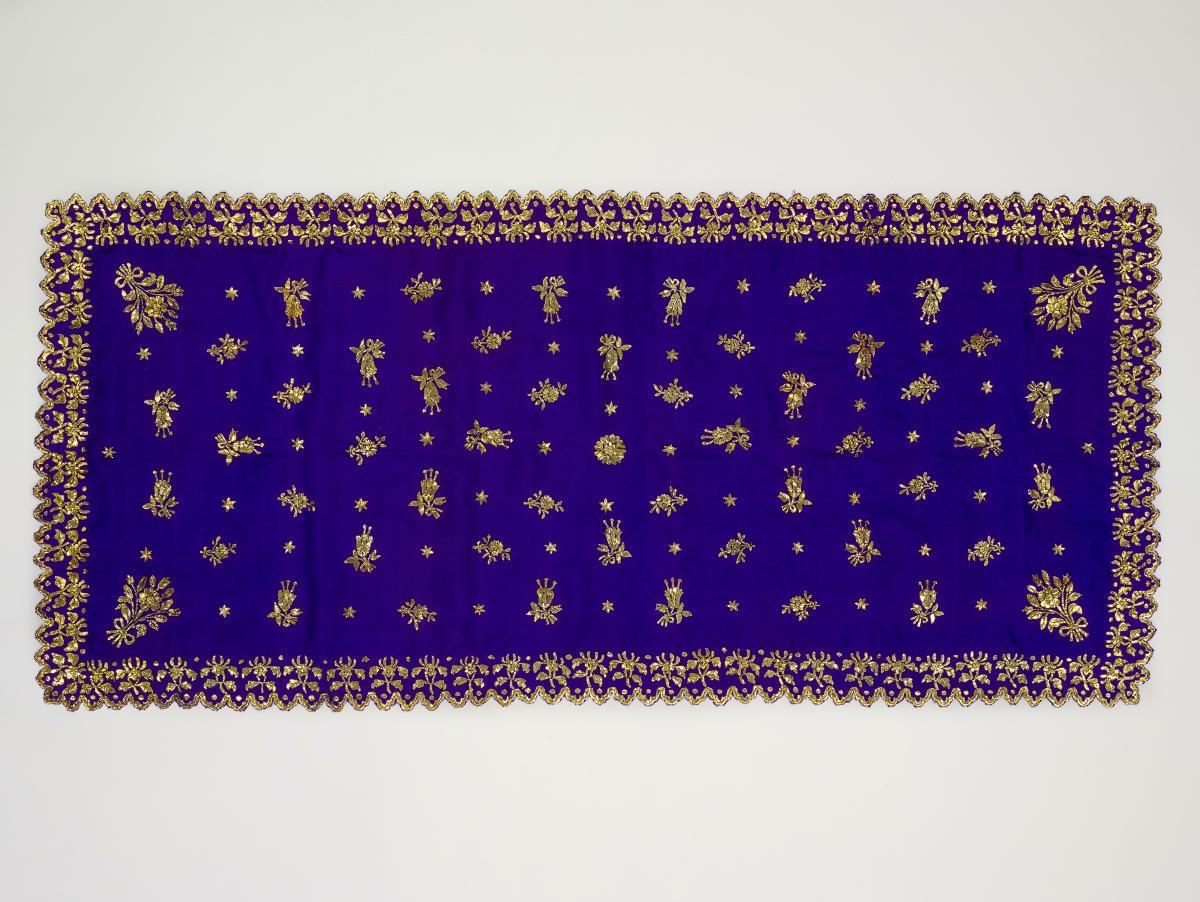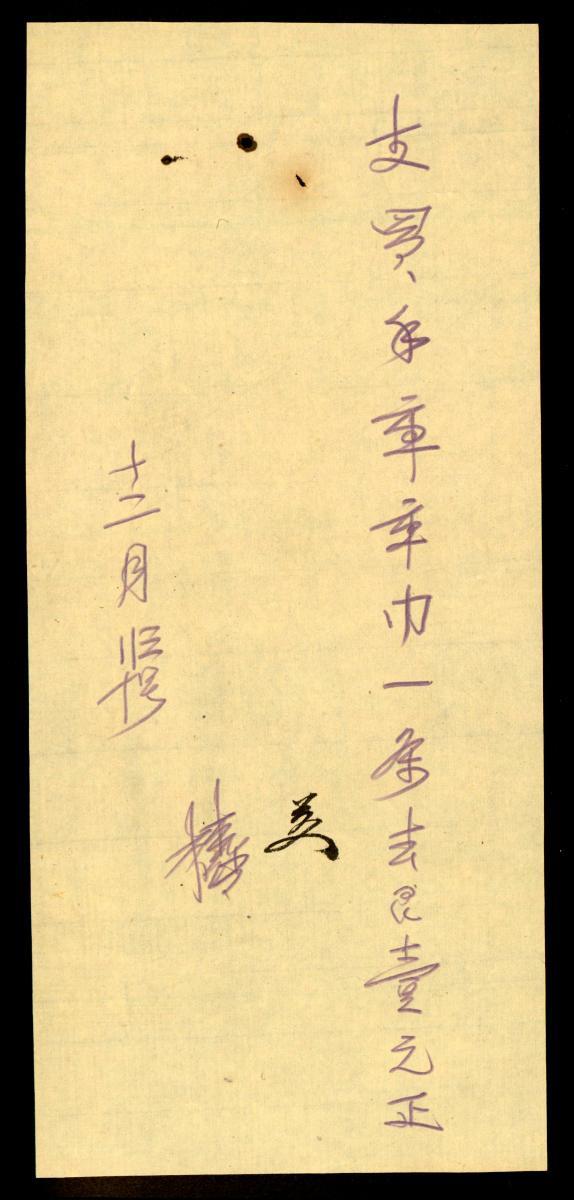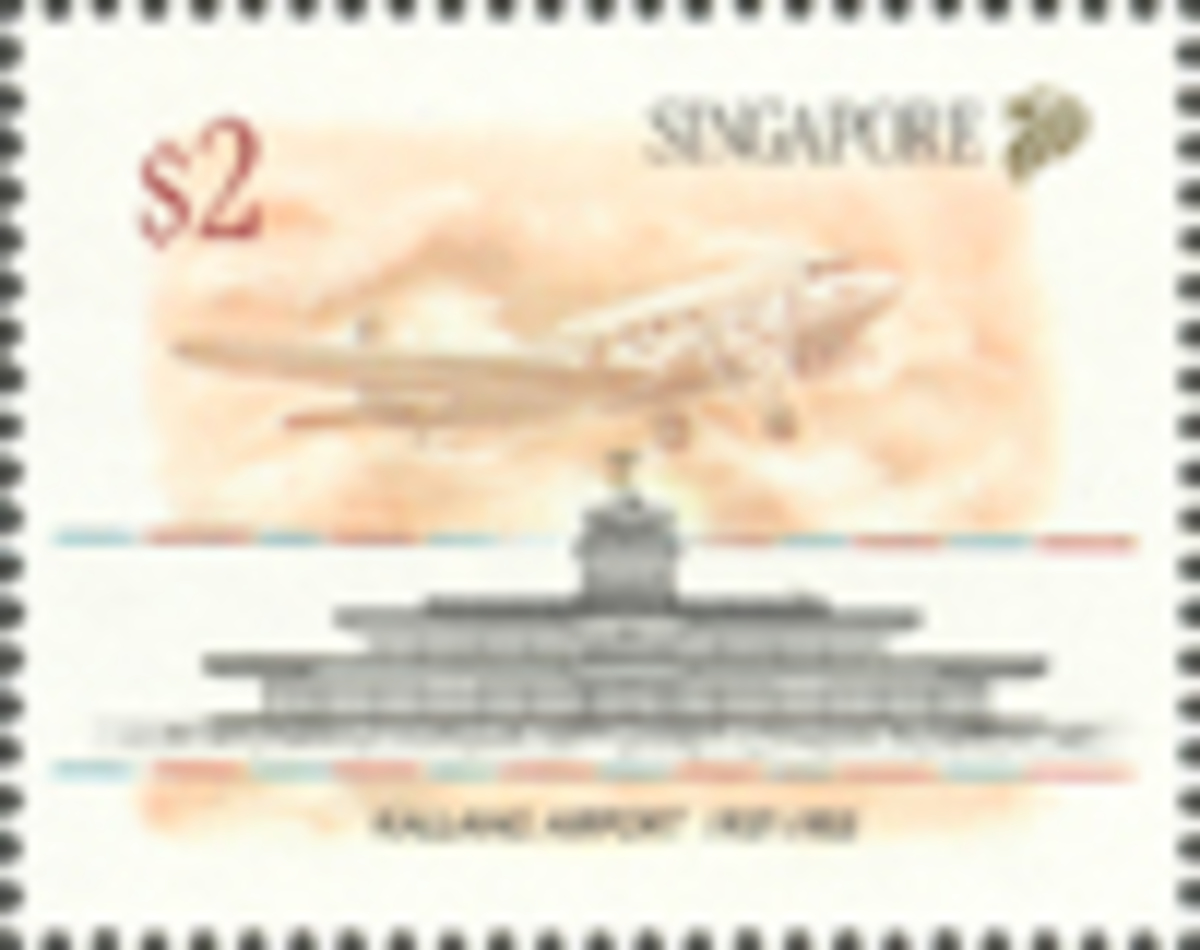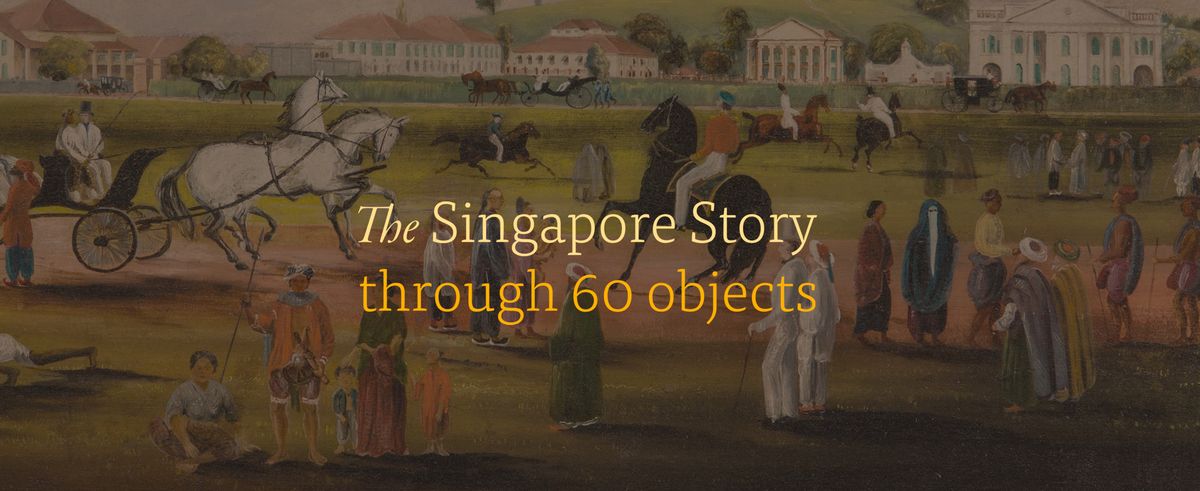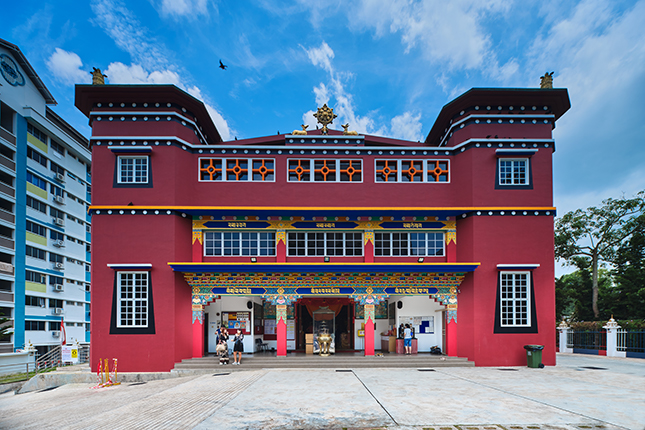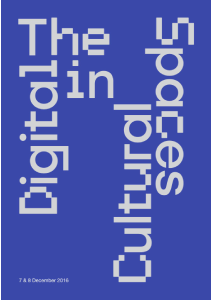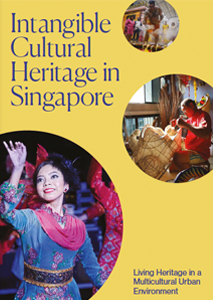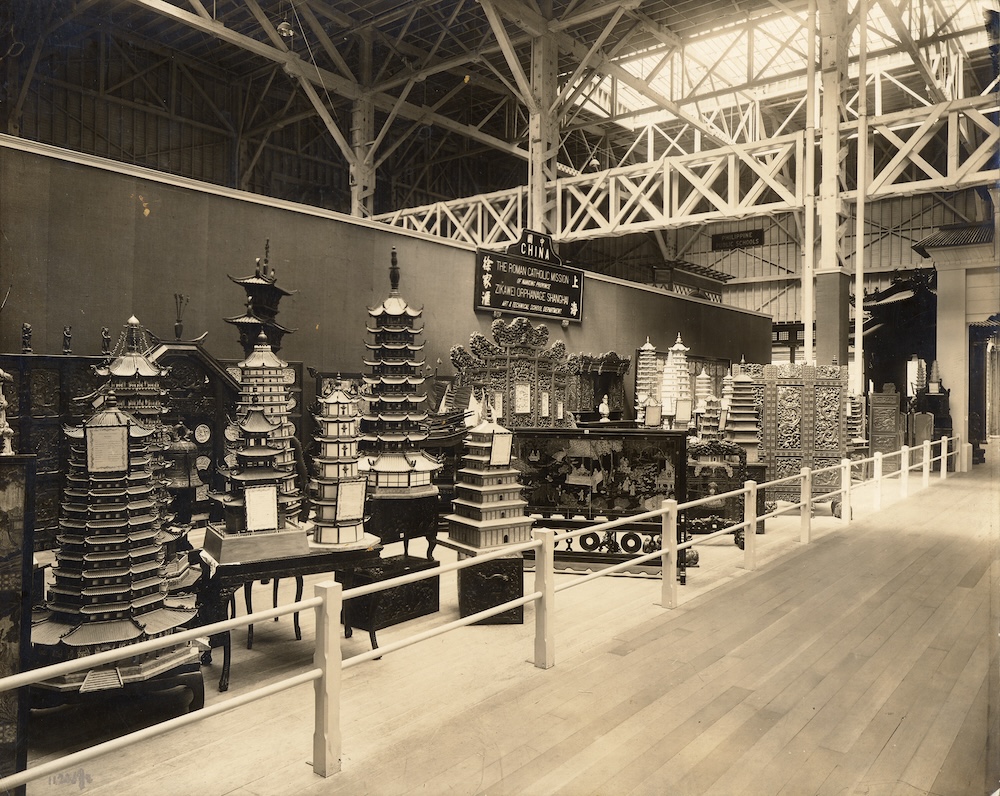This shawl of blue-purple satin has been heavily embroidered with flat, ribbon-like gold metallic thread in a style known as kelingkam work. There is a camp that argues that the name kelingkam or keringkam originates from the Balinese word ‘Keling’ which means fabric and ‘Kam’ or ‘Kham’ which means beautiful (Azran, 2010). Azah (2009) characterises the team as one which originates from the French term, ‘Clinquant’ which means glittering. This shawl is similar to that of the Tulle bi telli or also known as Assuit, a textile marrying cotton or linen mesh with small strips of metal which were made in Egypt. Such textiles were brought back by Southeast Asian Muslim pilgrims from their Hajj pilgrimages. The diversity in meaning suggests that this method could have originated from different countries which highlights the influence of commerce due to the same nature of materials used. Selendang is a term to describe a long piece of tailored material which serves as a shawl to cover a woman’s head and also as a covering for the shoulder or a sash for the waist. Traditionally, such embellished headscarves would be worn by a Malay woman for important functions such as meetings with state dignitaries or to attend wedding ceremonies of women from the noble Malay families.




